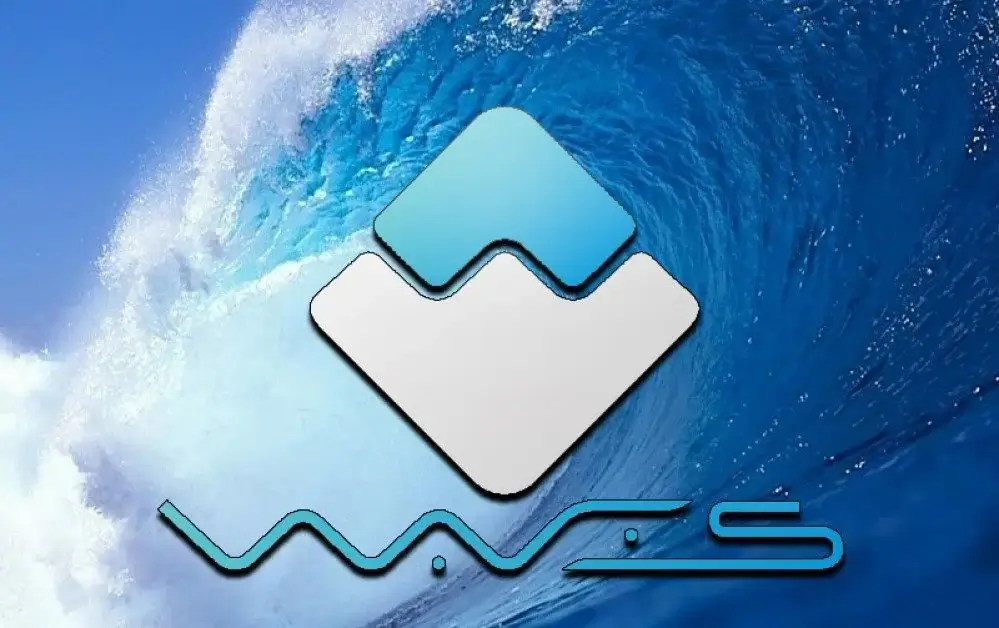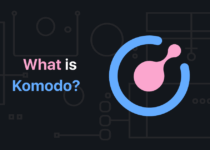Riding the Waves: A Deep Dive into the Waves Blockchain Platform
In the ever-evolving landscape of cryptocurrency,Waves Blockchain stands out as a platform focused on empowering developers and fostering innovation. This article delves into the intricacies of the Waves blockchain, exploring its history, technology, applications, and potential future.
From Humble Beginnings to a Thriving Ecosystem: The History of Waves Blockchain
The story of Waves Blockchain begins in 2016 with Alexander Ivanov, a Russian entrepreneur, recognizing the limitations of existing blockchain platforms. He envisioned a more user-friendly and scalable platform that would cater to the needs of developers and businesses. This vision materialized with the launch of the Waves platform in 2016, fueled by a successful Initial Coin Offering (ICO).
The initial focus of Waves Blockchain revolved around custom token creation. Businesses and individuals could leverage the platform to create their own tokens, representing anything from loyalty points to digital assets. This ease of tokenization attracted a diverse range of projects, fostering a vibrant ecosystem within the Waves platform.
Over the years, Waves has undergone significant advancements. It transitioned from a Proof-of-Work (PoW) mining mechanism to a more eco-friendly Leased Proof-of-Stake (LPoS) consensus algorithm. This not only reduced energy consumption but also improved transaction speeds and scalability. Additionally, Waves embraced interoperability, allowing users to seamlessly transfer assets between the Waves blockchain and other popular blockchains.

Today, Waves Blockchain boasts a thriving ecosystem encompassing various components:
- Waves Token (WAVES): The native token of the platform, used for staking, paying transaction fees, and participating in governance.
- Waves DEX: A decentralized exchange built on the Waves blockchain, enabling secure and peer-to-peer trading of digital assets.
- Neutrino: A sidechain protocol within the Waves ecosystem designed for high-throughput applications and smart contracts requiring faster transaction speeds.
- Ride Language: A custom programming language specifically designed for developing decentralized applications (dApps) on the Waves platform.
- NFT.io: A Waves-based marketplace for creating, trading, and collecting non-fungible tokens (NFTs).
Unveiling the Engine: The Technological Underpinnings of Waves Blockchain
Waves Blockchain operates on a custom blockchain designed for efficiency and scalability. Here’s a breakdown of the key technological components:
- Leased Proof-of-Stake (LPoS): Unlike traditional PoS where token holders directly participate in block validation, LPoS allows users to lease their WAVES tokens to validators who secure the network. This system incentivizes participation while maintaining a low barrier to entry for securing the network.
- Smart Contracts: Similar to Ethereum, Waves allows developers to create and deploy smart contracts – self-executing contracts that automate agreements based on predefined conditions. Ride, the platform’s custom language, simplifies smart contract development for a broader range of developers.
- Customizable Tokens: A core strength of Waves Blockchain lies in its ability to create custom tokens with unique features and functionalities. Businesses can leverage this to launch their own loyalty programs, utility tokens, or even security tokens representing real-world assets.
- Accountable Chaining: This innovative feature allows for reversible transactions under specific circumstances, offering a safety net for accidental transactions or fraudulent activities. However, this feature is configurable and can be disabled for applications requiring irreversible transactions.
The combination of these technologies creates a robust and versatile platform that caters to diverse project needs.
Riding the Waves: Exploring the Applications of the Waves Platform
The applications of the Waves platform extend beyond simply creating custom tokens. Here are some key use cases:
- Decentralized Finance (DeFi): The Waves DEX facilitates secure and transparent peer-to-peer trading of digital assets. Additionally, DeFi projects can leverage the Waves blockchain to build innovative financial applications like lending platforms and decentralized insurance protocols.
- Supply Chain Management: The immutability and transparency of the Waves blockchain make it ideal for tracking the movement of goods throughout a supply chain. This can enhance traceability, reduce fraud, and improve overall supply chain efficiency.
- Identity Management: Decentralized identity solutions built on Waves empower individuals to control their own digital identities and securely share verified information with third parties.
- Gaming and Entertainment: The rise of play-to-earn games and in-game assets finds fertile ground on the Waves platform. Developers can create blockchain-based games with unique in-game economies powered by custom tokens and NFTs. These NFTs can represent in-game items, avatars, or even virtual land parcels.
These are just a few examples, and the potential applications of the Waves platform continue to evolve as developers explore its capabilities.
Beyond the Horizon: The Future of the Waves Blockchain
The future of Waves is intricately linked to its ability to adapt and innovate in the ever-changing blockchain landscape. Here are some key trends to watch:
-
Interoperability: Expanding interoperability with other blockchains will be crucial for fostering a more connected and collaborative blockchain ecosystem. Waves Blockchain is already making strides in this direction with bridges to Ethereum and other chains.
-
Scalability: As the Waves ecosystem grows, maintaining scalability will be paramount. The platform is exploring various solutions, including sharding and layer-2 protocols, to accommodate a surge in transactions without compromising security.
-
Sustainability: The environmental impact of blockchain technology is a growing concern. Waves’ commitment to a sustainable future through its LPoS consensus mechanism positions it well as eco-conscious users become a larger force in the crypto space.
Waves Blockchain -
Regulation: As regulatory frameworks for cryptocurrency and blockchain technology evolve, Waves will need to adapt to ensure compliance and continued operation.
-
Community Governance: The Waves Blockchain platform is transitioning towards a more decentralized governance model. WAVES token holders will play an increasingly important role in shaping the future direction of the platform through voting on proposals and protocol upgrades.
These factors, coupled with ongoing development efforts, will determine the future trajectory of the Waves platform.
A Critical Look: Weighing the Potential and Challenges of Waves Blockchain
While Waves boasts a robust set of features and a thriving ecosystem, it’s important to acknowledge some potential challenges:
-
Limited Adoption: Compared to established platforms like Ethereum, Waves has a smaller user base and lower trading volume. This can limit liquidity for certain tokens and hinder overall network effects.
-
Competition: The blockchain space is teeming with competition. Standing out and attracting developers in a crowded field will be an ongoing challenge for Waves.
-
Technology Stack: While Ride offers advantages in simplicity, it may not attract developers accustomed to more widely used languages like Solidity (used on Ethereum).
-
Security Considerations: As with any blockchain platform, security remains a paramount concern. Waves will need to continuously address potential vulnerabilities and maintain a robust security posture.
Despite these challenges, Waves presents a compelling proposition for developers and businesses seeking a user-friendly and versatile platform for building decentralized applications.
Riding the Waves: Conclusion and Final Thoughts
The Waves blockchain platform offers a unique blend of features that cater to a diverse range of projects. Its focus on custom token creation, user-friendly development tools, and a commitment to sustainability positions it well for the future. While challenges remain, the Waves community’s dedication to innovation and collaboration holds immense promise. As the blockchain landscape continues to evolve, Waves Blockchain is poised to ride the wave of innovation and establish itself as a prominent player in the decentralized future.





